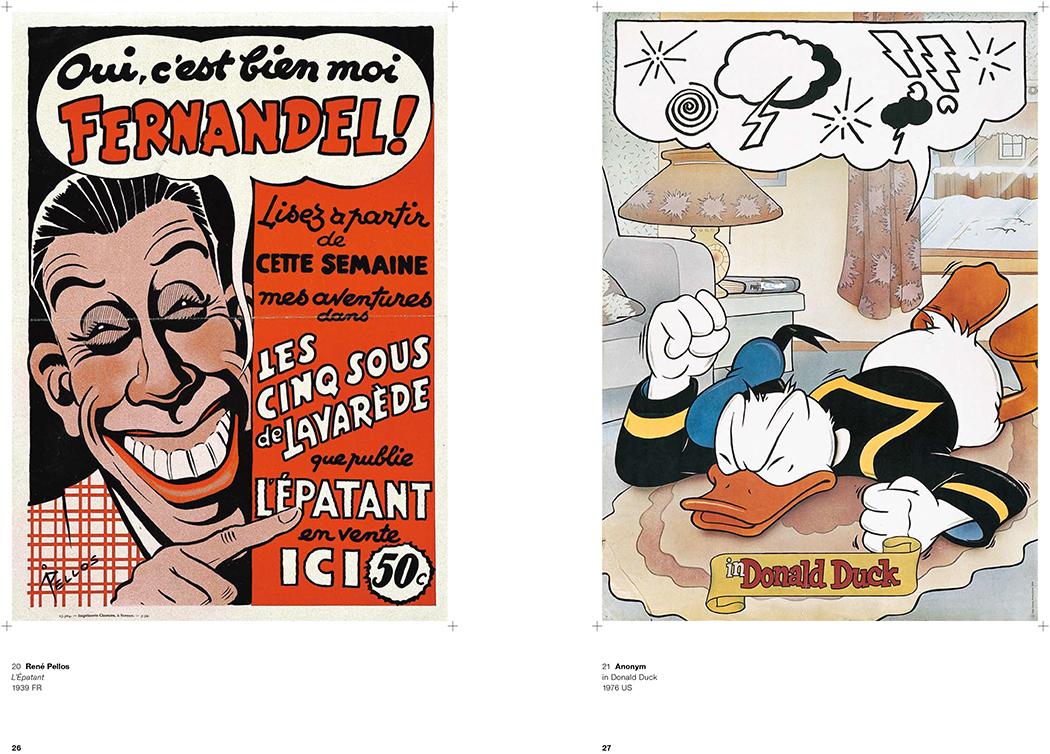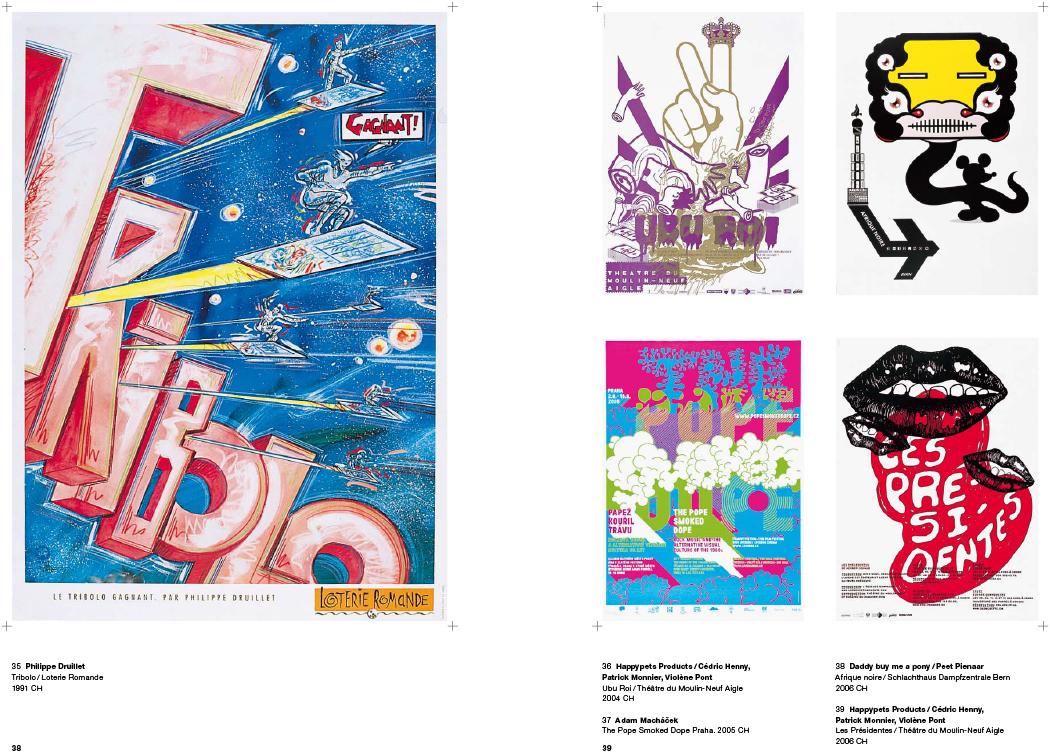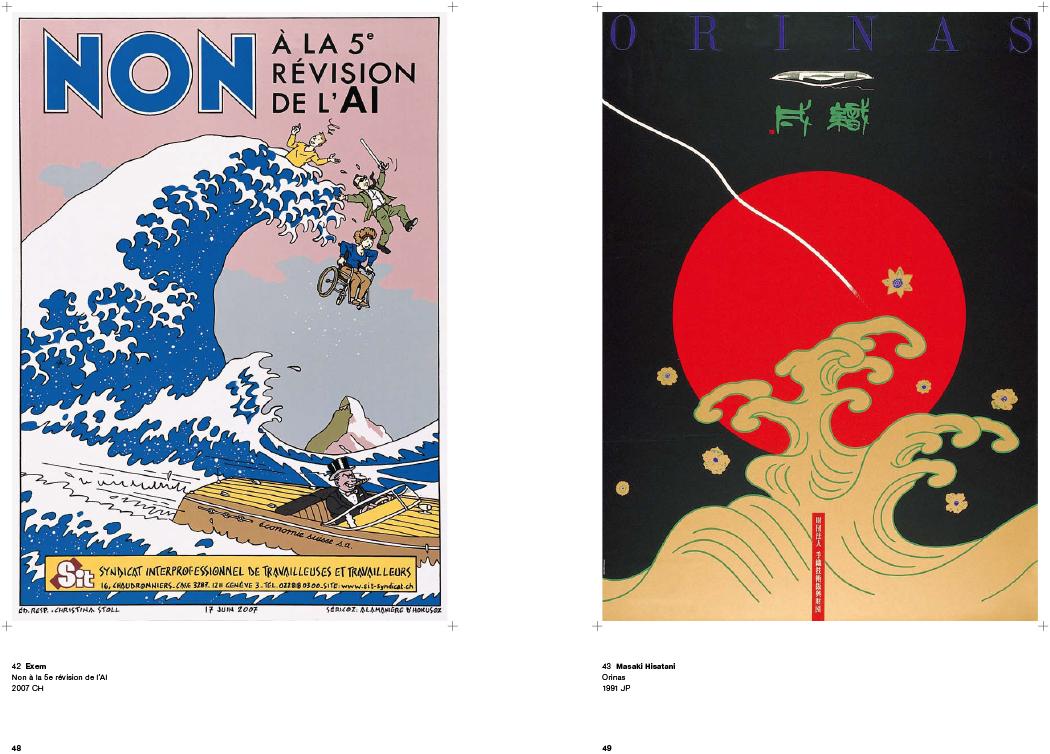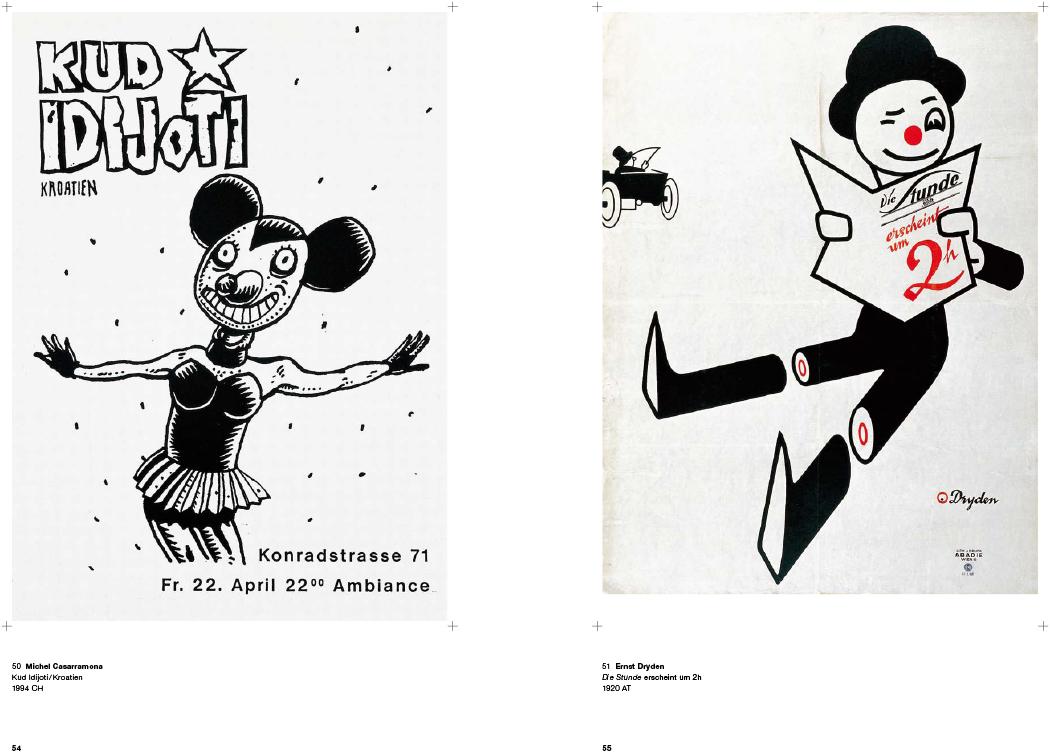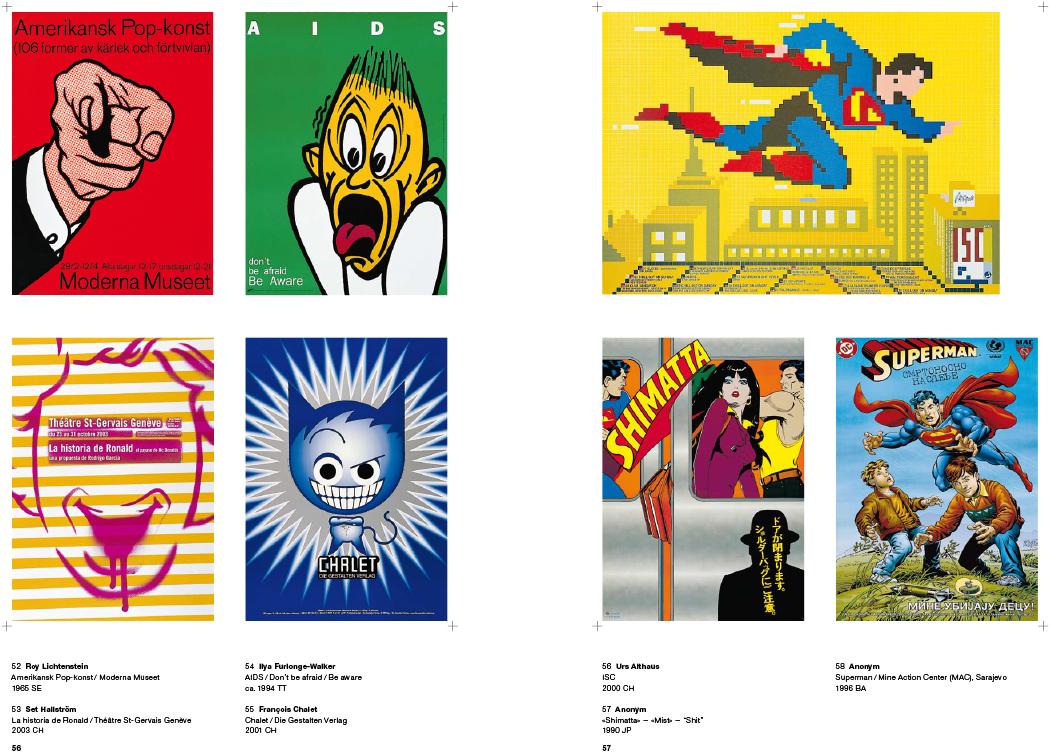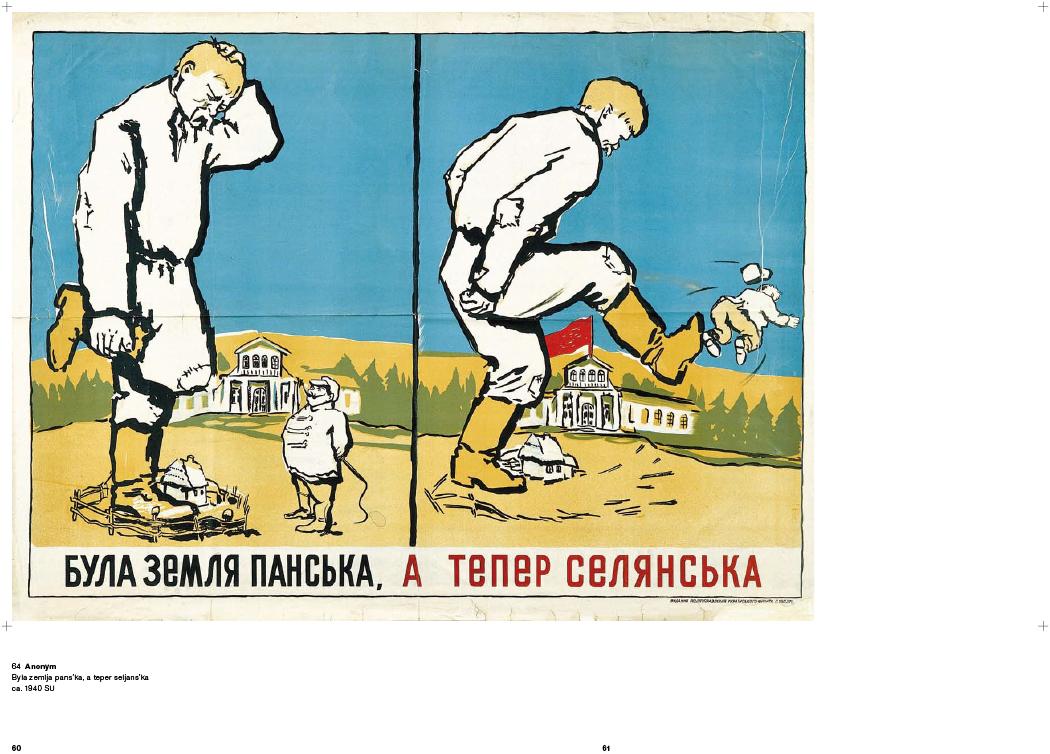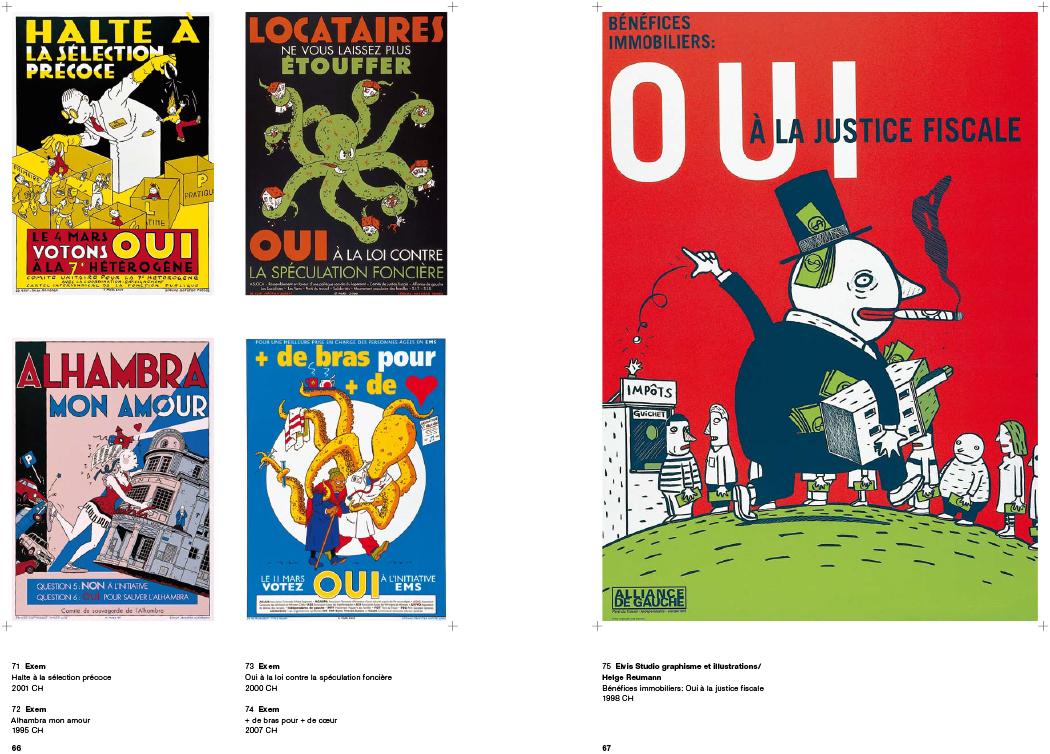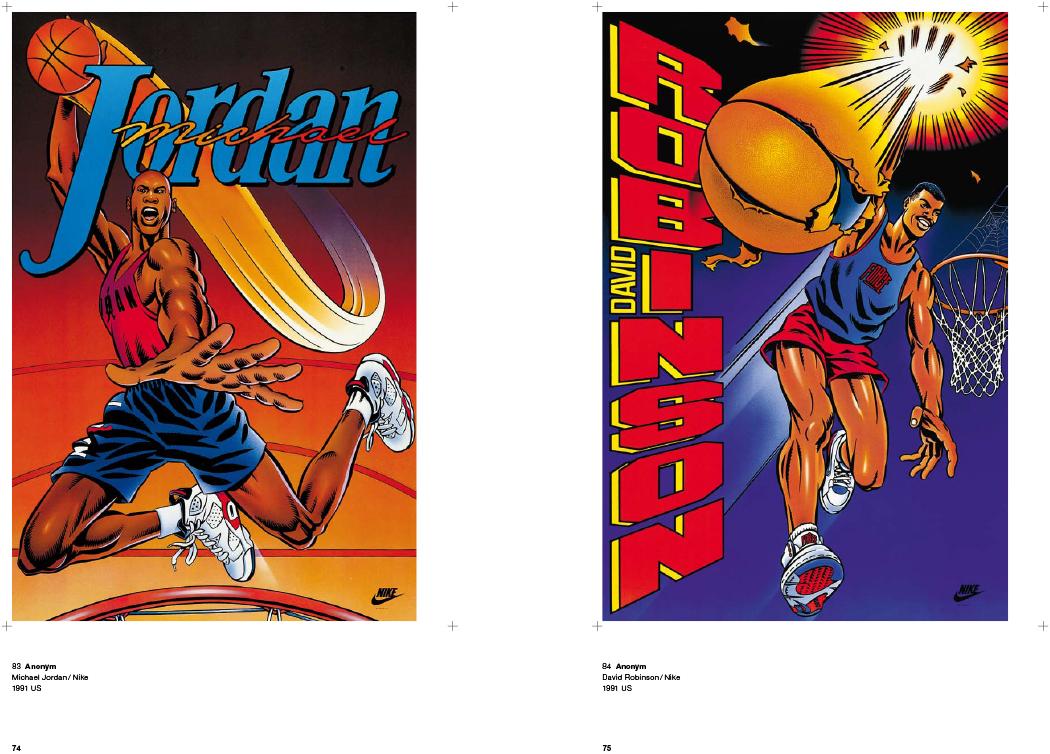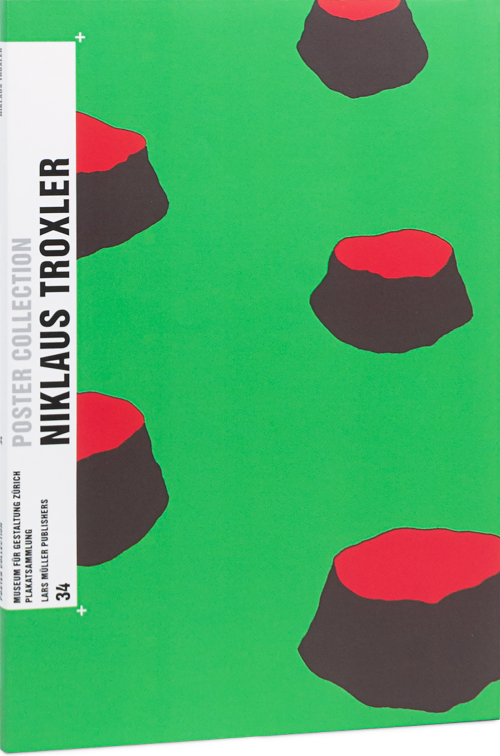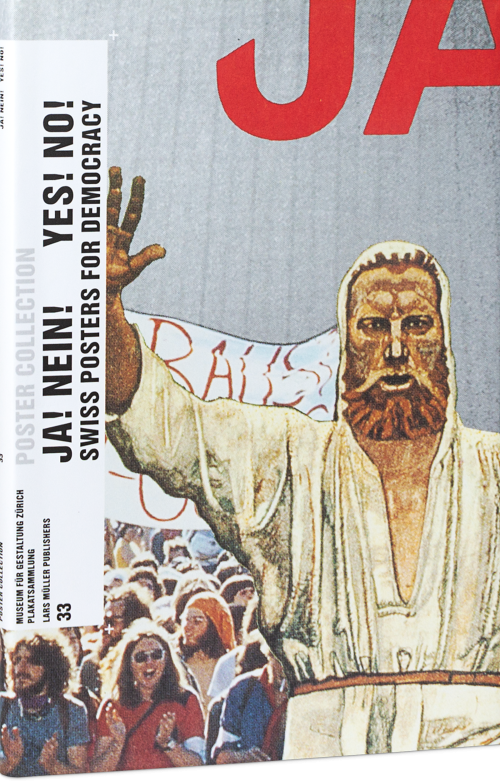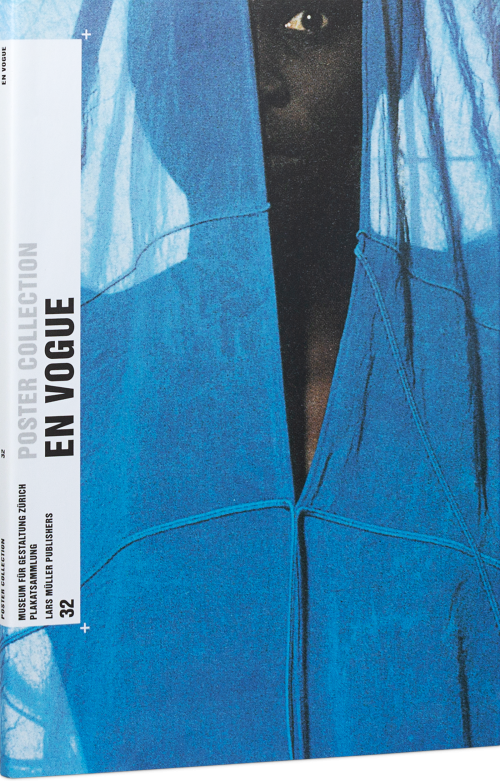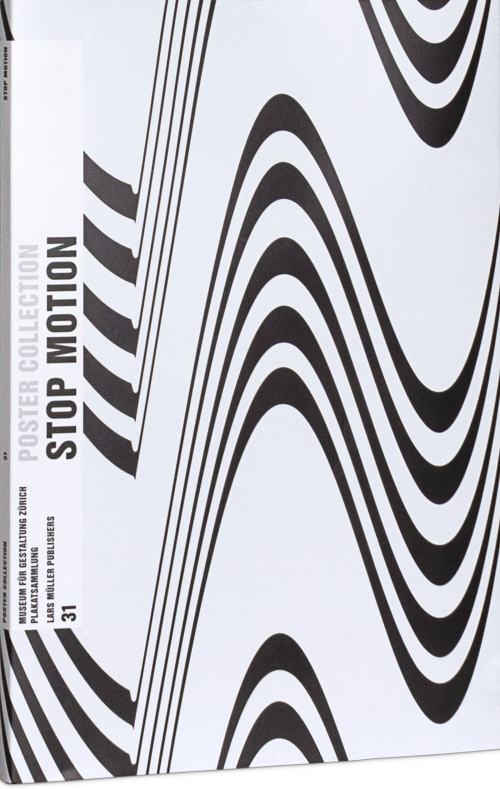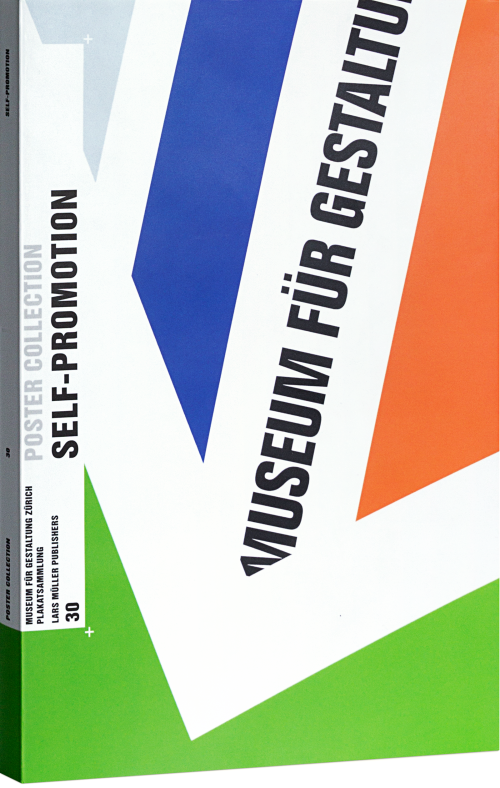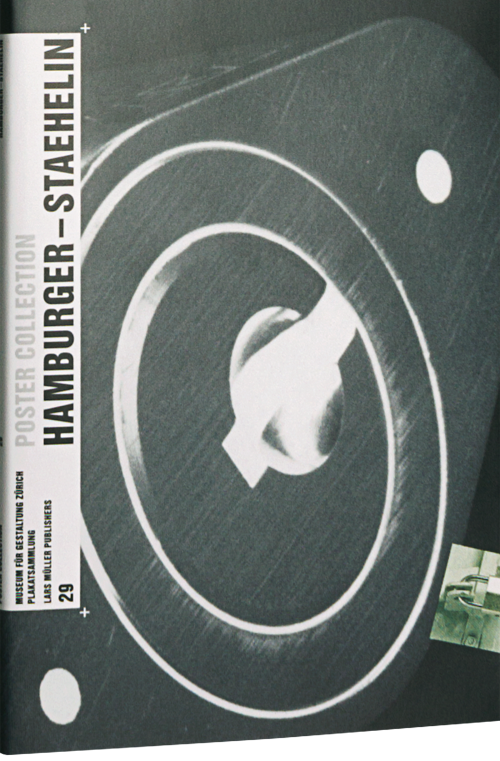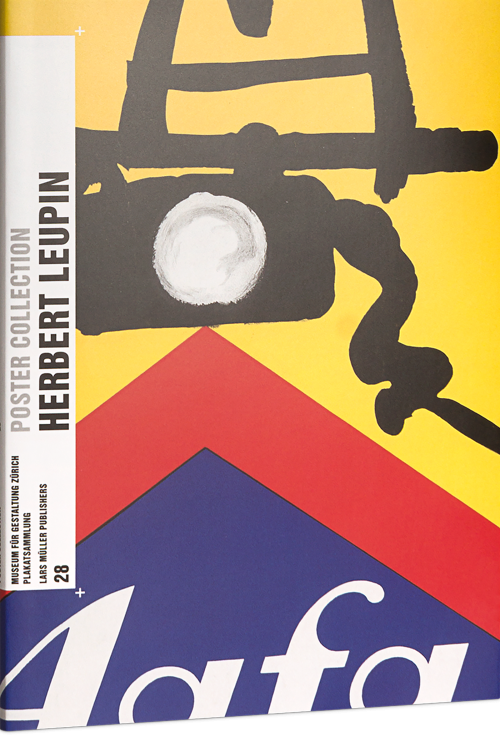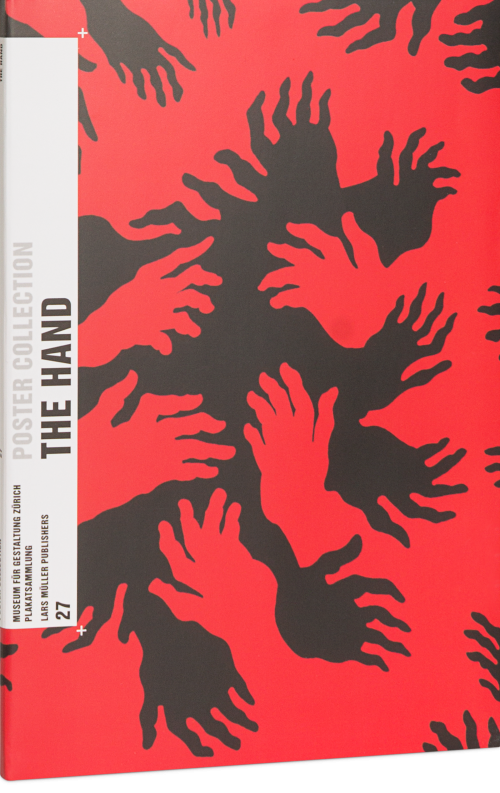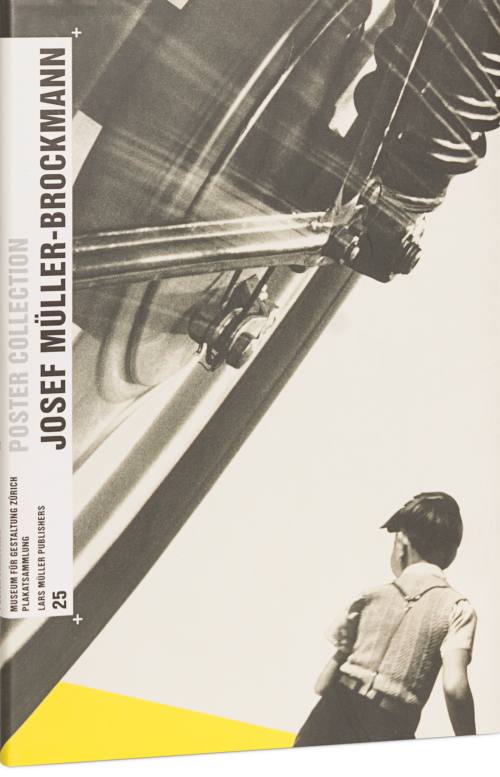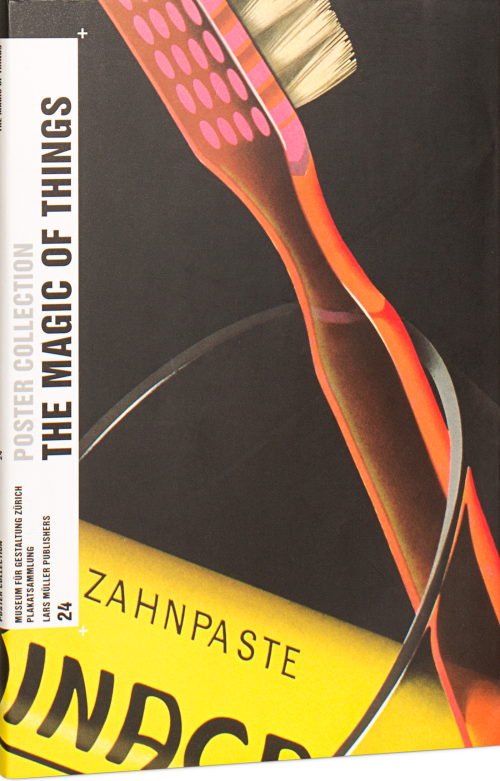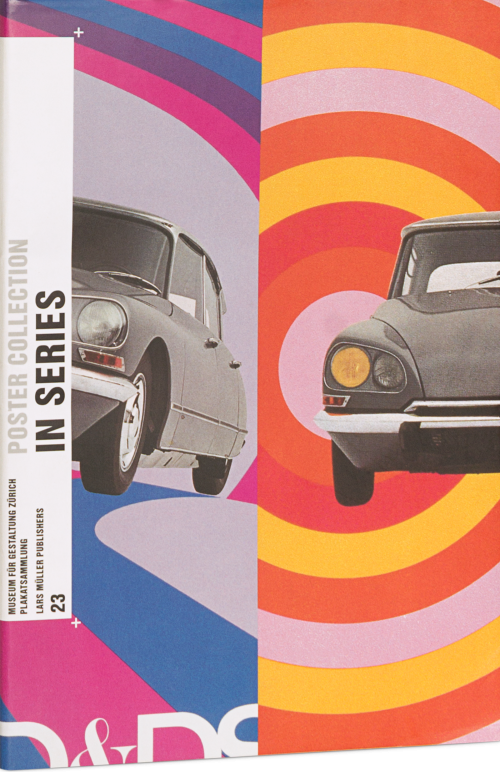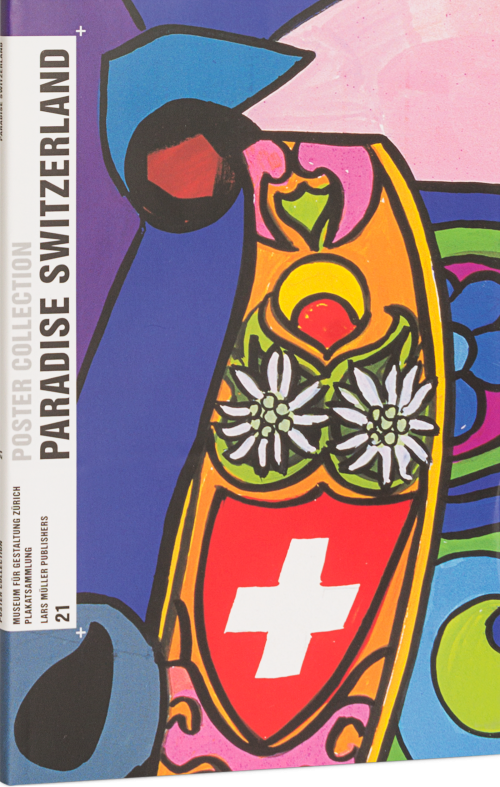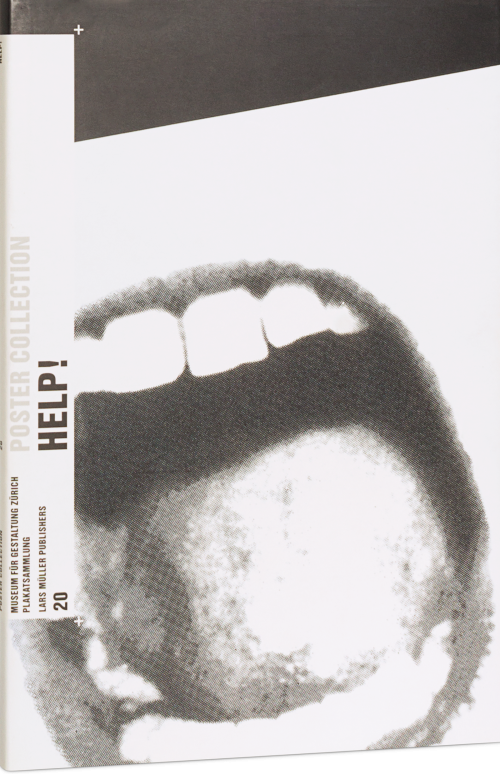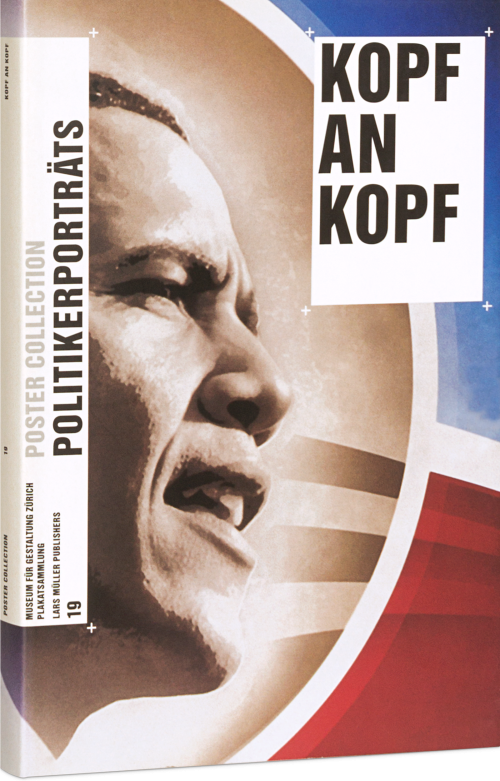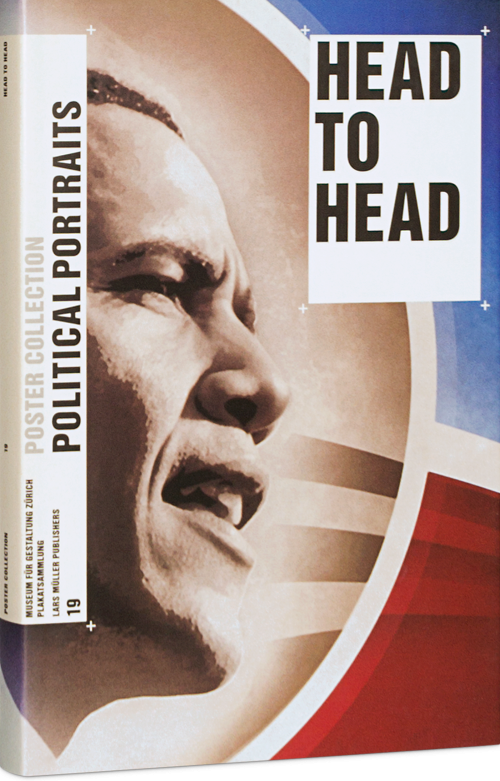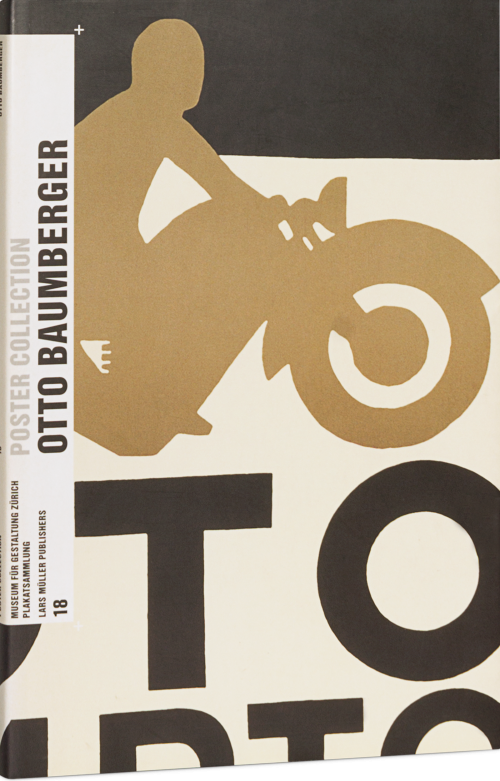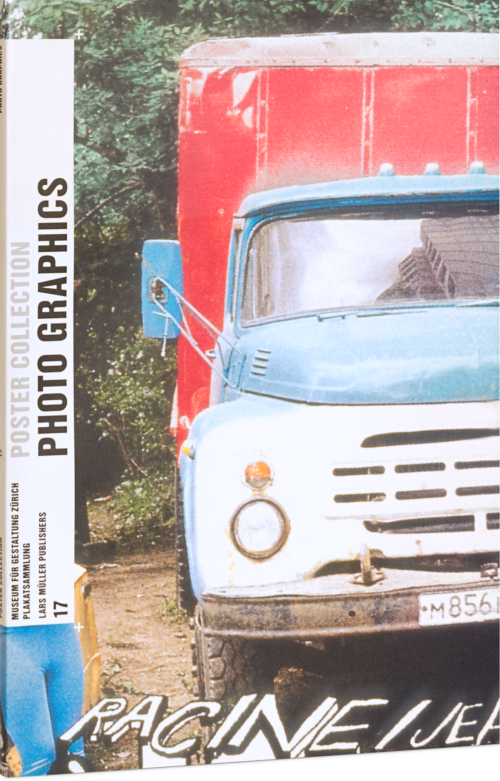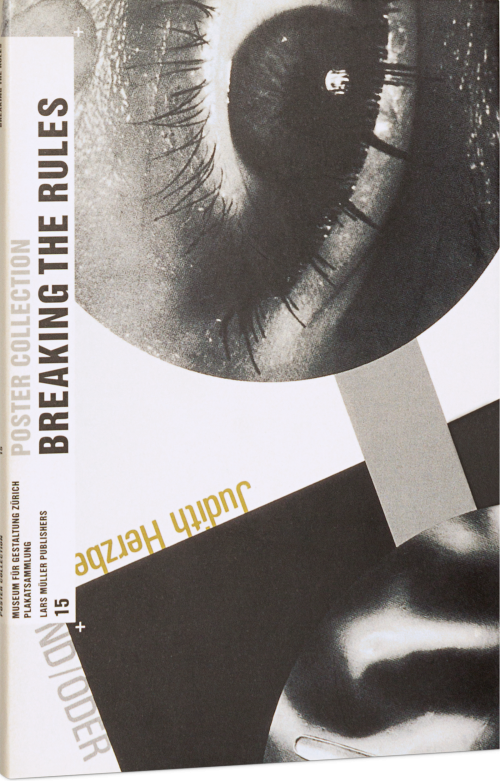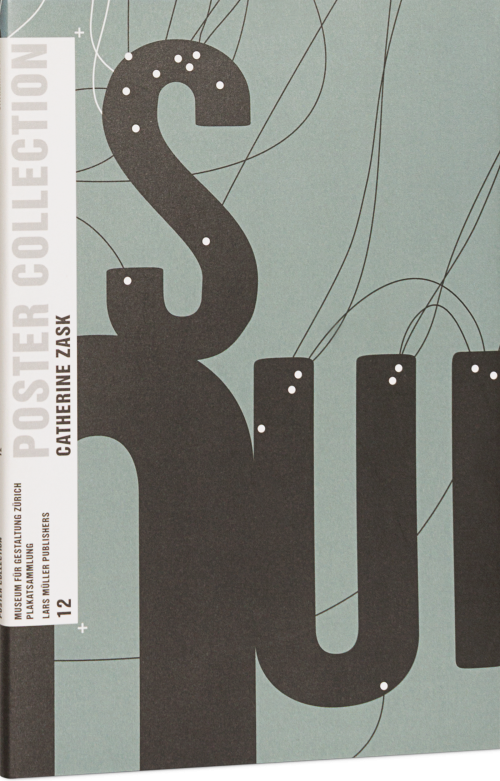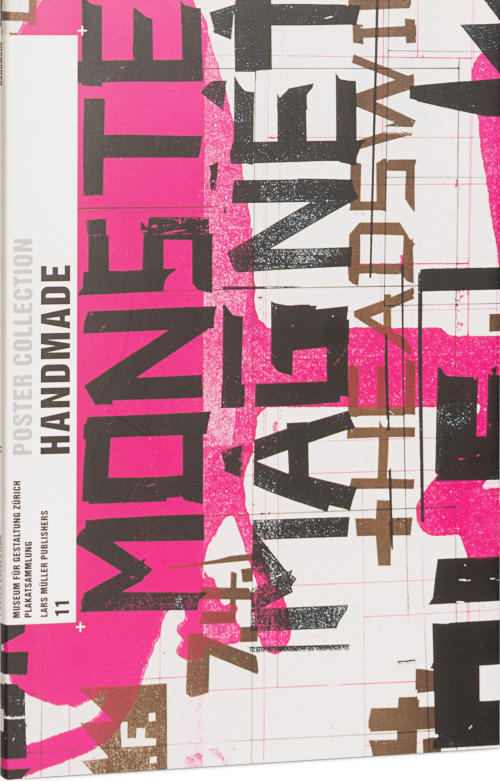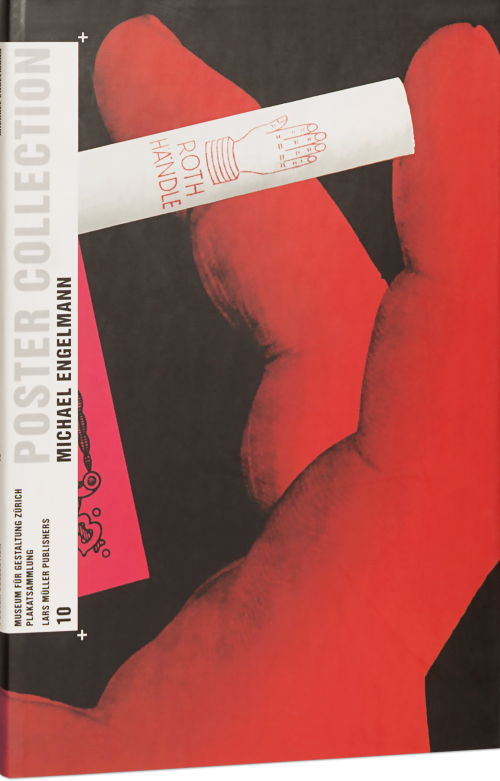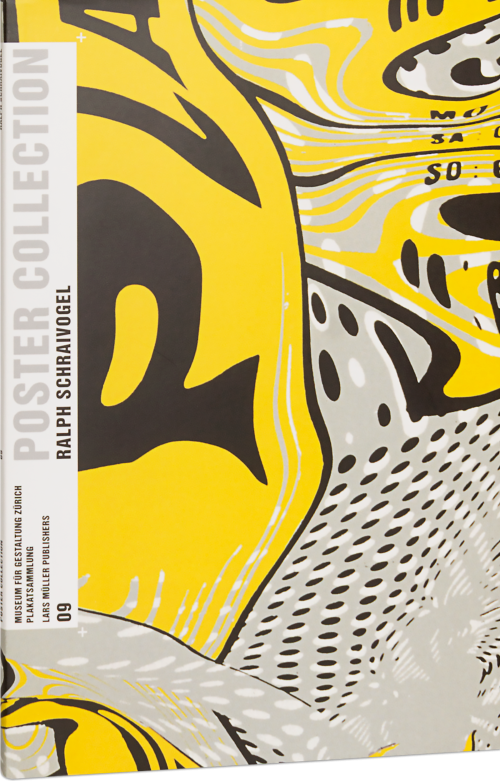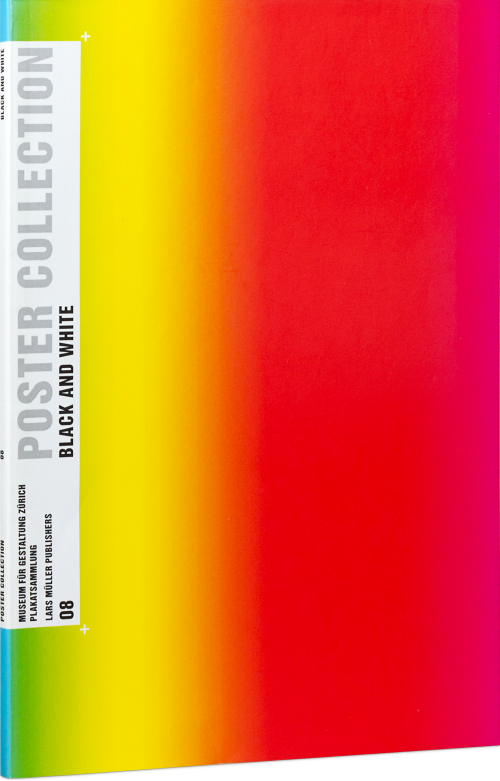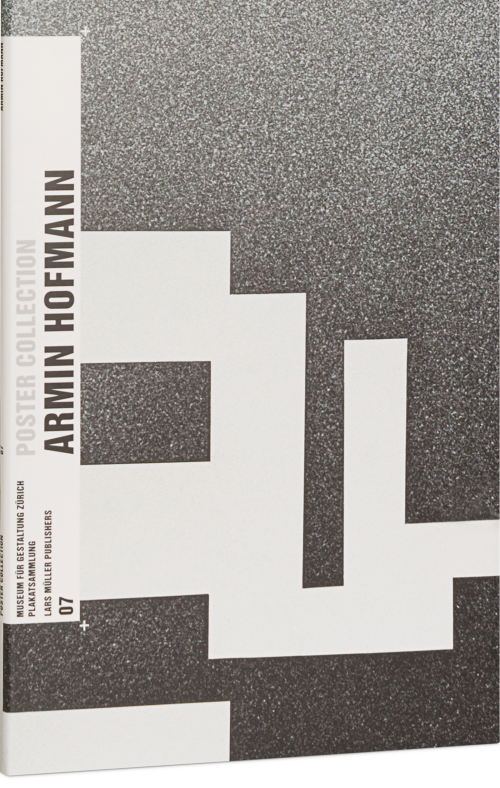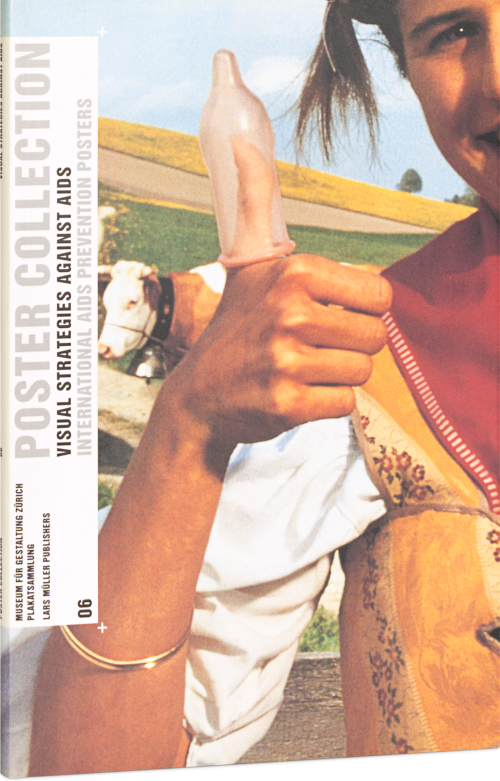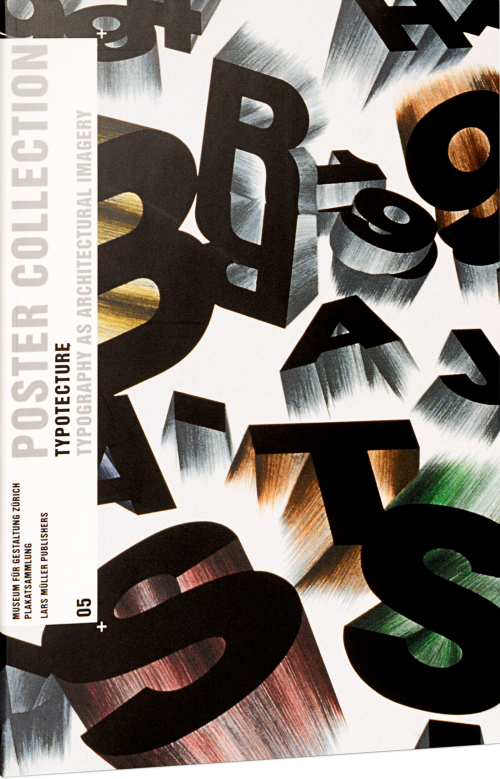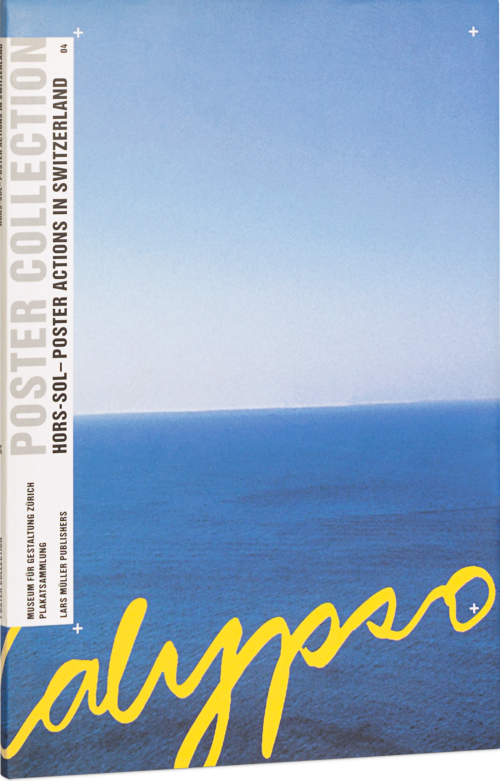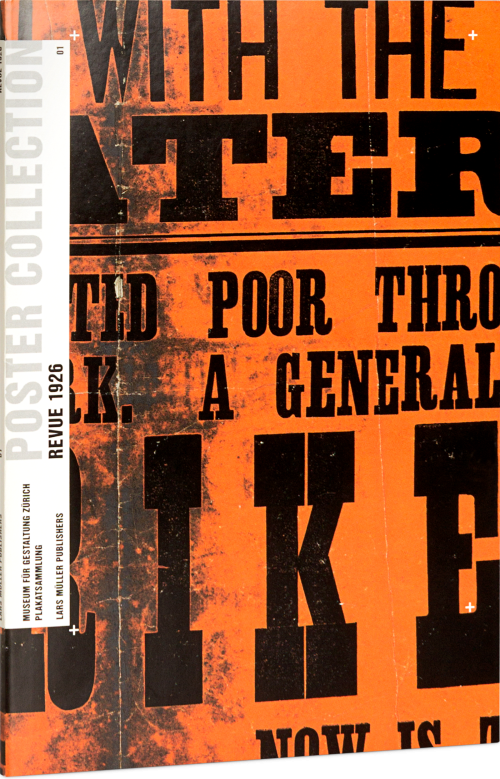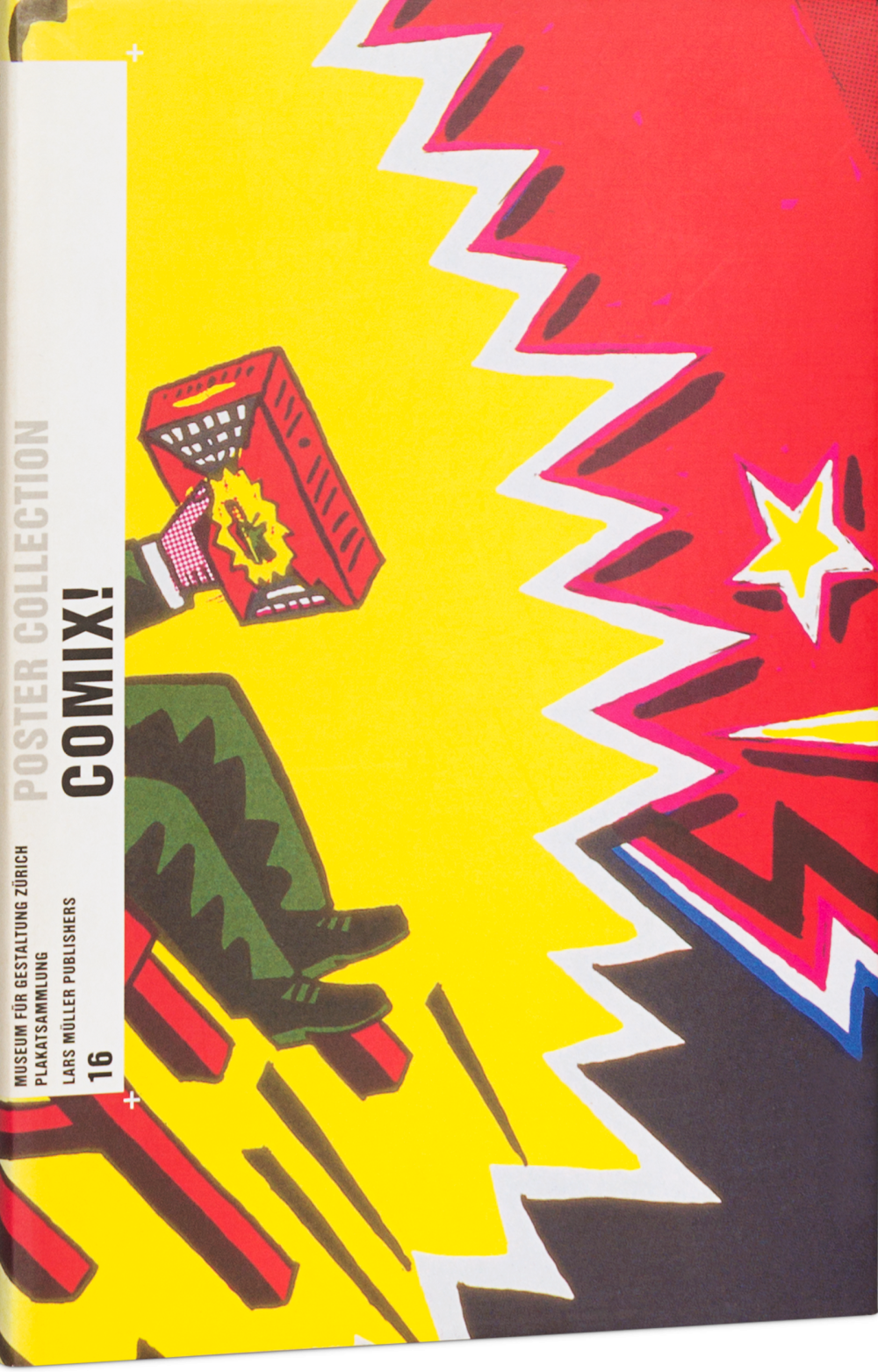
Comix!
Located between art and popular culture and combining succinctly abbreviated textual and visual methods, the comic offers the ideal conditions for its appropriation by the poster. Through contemporary examples this volume explores the roots of the comic in poster design. The Japanese colored woodcut, Art Nouveau or Pop Art – each has influenced the comic in its own way. The Russian ROSTA windows of the 1920s were already employing pointed visual narratives to disseminate social content to the masses. Even today, designers employ aspects of the content and form of comics: saturated color, stereotyping, drastic approaches to drawing and reduction in the vocabulary of facial expressions and gestures to communicate explosive messages. Posters for cultural events reveal a broad diversity of styles and also demonstrate how elements of the idiom of comics have developed a graphic autonomy.
Located between art and popular culture and combining succinctly abbreviated textual and visual methods, the comic offers the ideal conditions for its appropriation by the poster. Through contemporary examples this volume explores the roots of the comic in poster design. The Japanese colored woodcut, Art Nouveau or Pop Art – each has influenced the comic in its own way. The Russian ROSTA windows of the 1920s were already employing pointed visual narratives to disseminate social content to the masses. Even today, designers employ aspects of the content and form of comics: saturated color, stereotyping, drastic approaches to drawing and reduction in the vocabulary of facial expressions and gestures to communicate explosive messages. Posters for cultural events reveal a broad diversity of styles and also demonstrate how elements of the idiom of comics have developed a graphic autonomy.
This book is part of the Poster Collection series. Get the complete series here
